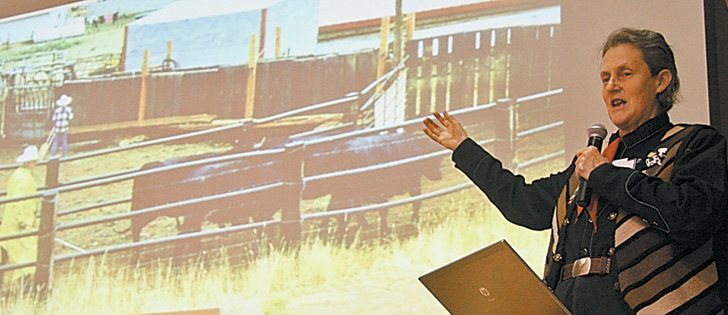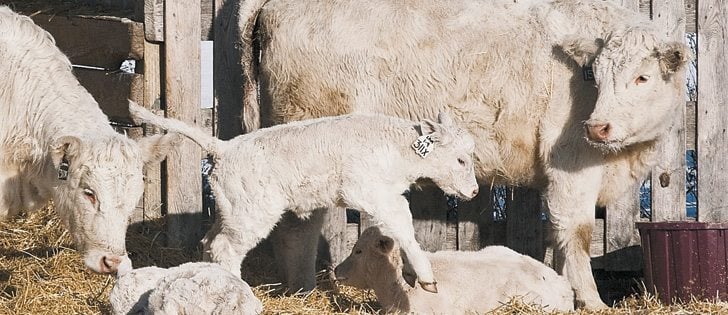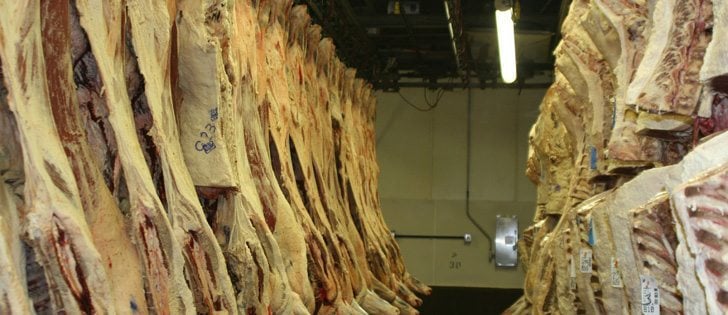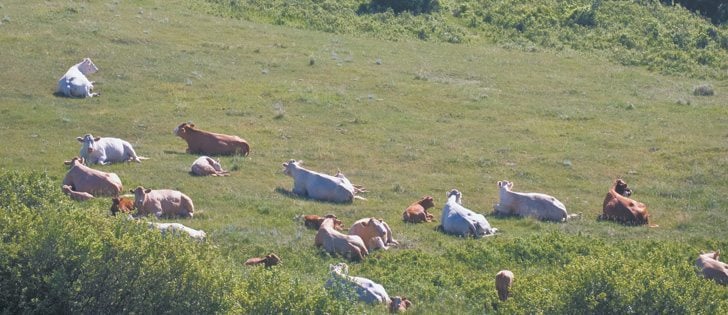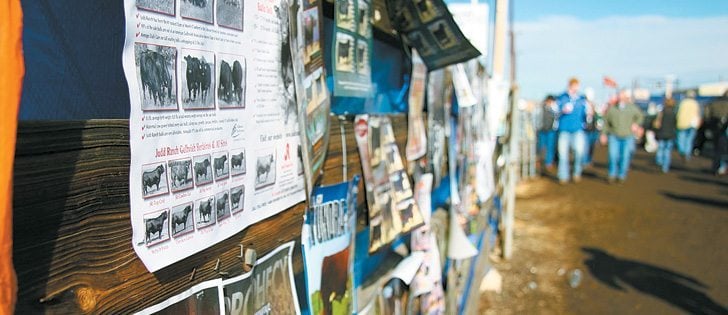FORT ST. JOHN, B.C. — Using grazing plans and other land management techniques, Judy Guichon is always trying to leave her Quilchena, B.C., ranch in better shape than before.
As outgoing president of the British Columbia Cattlemen’s Association, she hoped she would leave office in a better position by cutting through government red tape.
New pieces of legislation covering water, manure management and animal health have surfaced along with ongoing debates with forestry, environment and agriculture ministries over rights to grazing and use of other natural resources. In meetings with officials they were often told the rules were made to oversee the actions of a few who do not to comply.
Read Also

Canadian Food Inspection Agency slammed for handling of bovine tuberculosis case
The federal government leans heavily on producers to “take one for the team” and risk their livelihoods without any reassurance of support.
“For two percent of those who break the rules we tie the hands of the other 98 percent,” she said in an interview at the recent cattlemen’s annual meeting in Fort St. John.
On a national scale, the Canadian Cattlemen’s Association hopes to address overlap and added costs of regulations, said president Martin Unrau of Manitoba.
“There is domestic regulatory burden and there is international burden,” he said at the B.C. meeting.
The association hopes for improvement through the Canada-United States Regulatory Co-operation Council signed by prime minister Stephen Harper and U.S. president Barack Obama earlier this year.
Included in the international debate is the added cost of veterinary drugs in Canada compared to the United States, complaints that Canadian meat is reinspected when it enters the U.S. and higher costs of preventing BSE in Canada. There are also myriad interprovincial regulations that make it costly and frustrating to do business.
Unrau recently returned from Washington where discussions included regulatory change. A three-hour session dealt with harmonizing the names of meat cuts.
The North American Meat Processors Association agreed last March it would prepare a list of specific nomenclature issues that are currently disrupting trade between Canada and the U.S. These would be items where different names are used for the same cut or part.
“Trying to adjust the nomenclature should be so easy but when you get all these guys in a room, they say now our domestic consumers won’t know what we are talking about,” Unrau said in an interview.
“It’s not moving along at a very fast pace. There is a lot of resistance,” he said.




